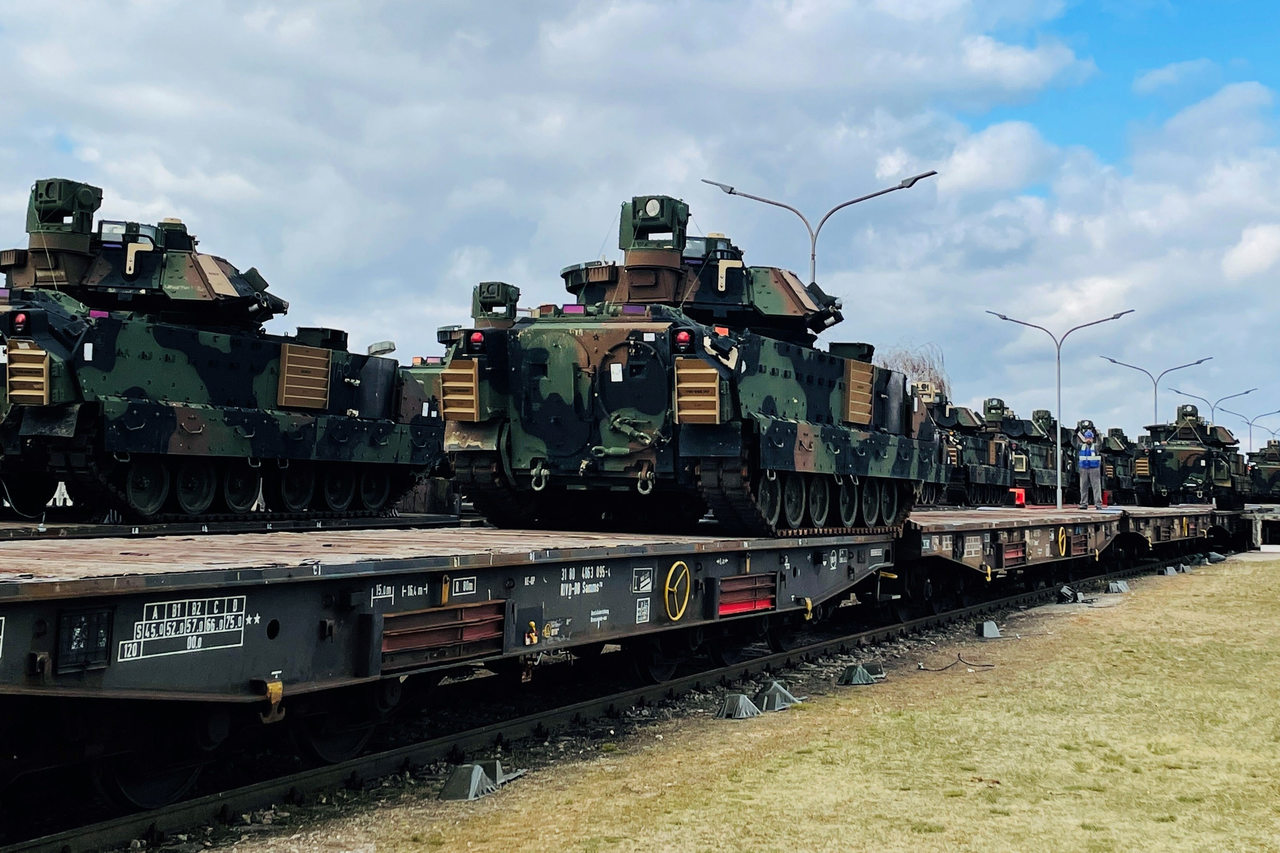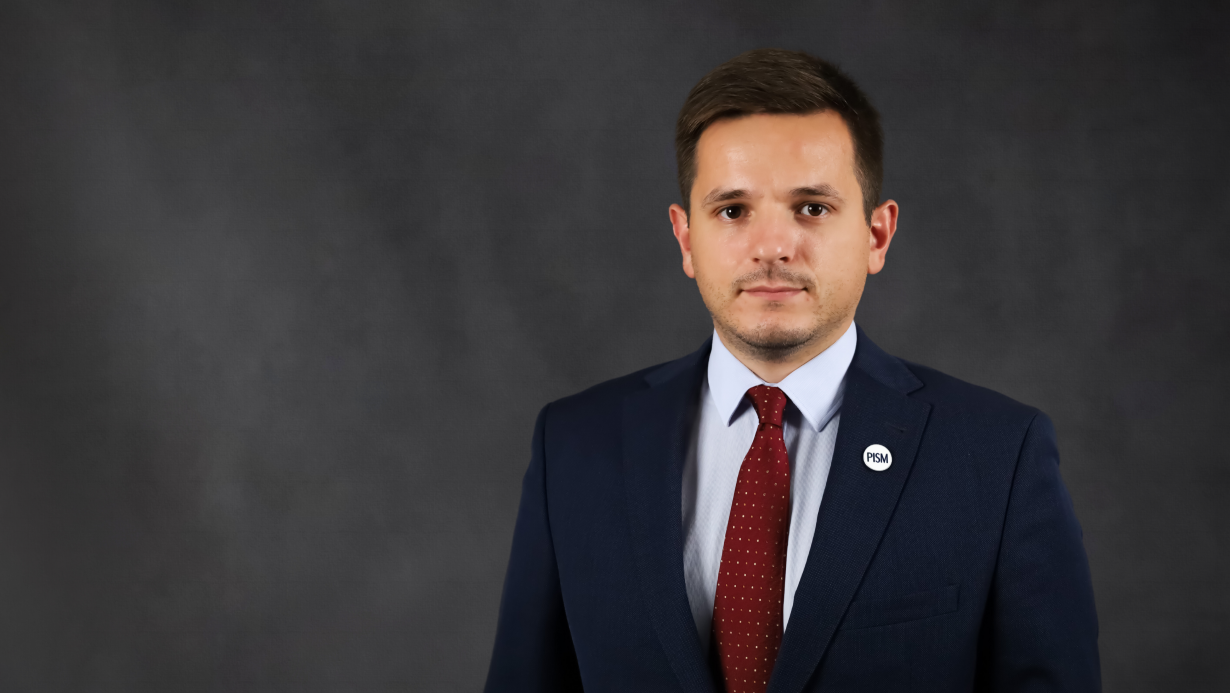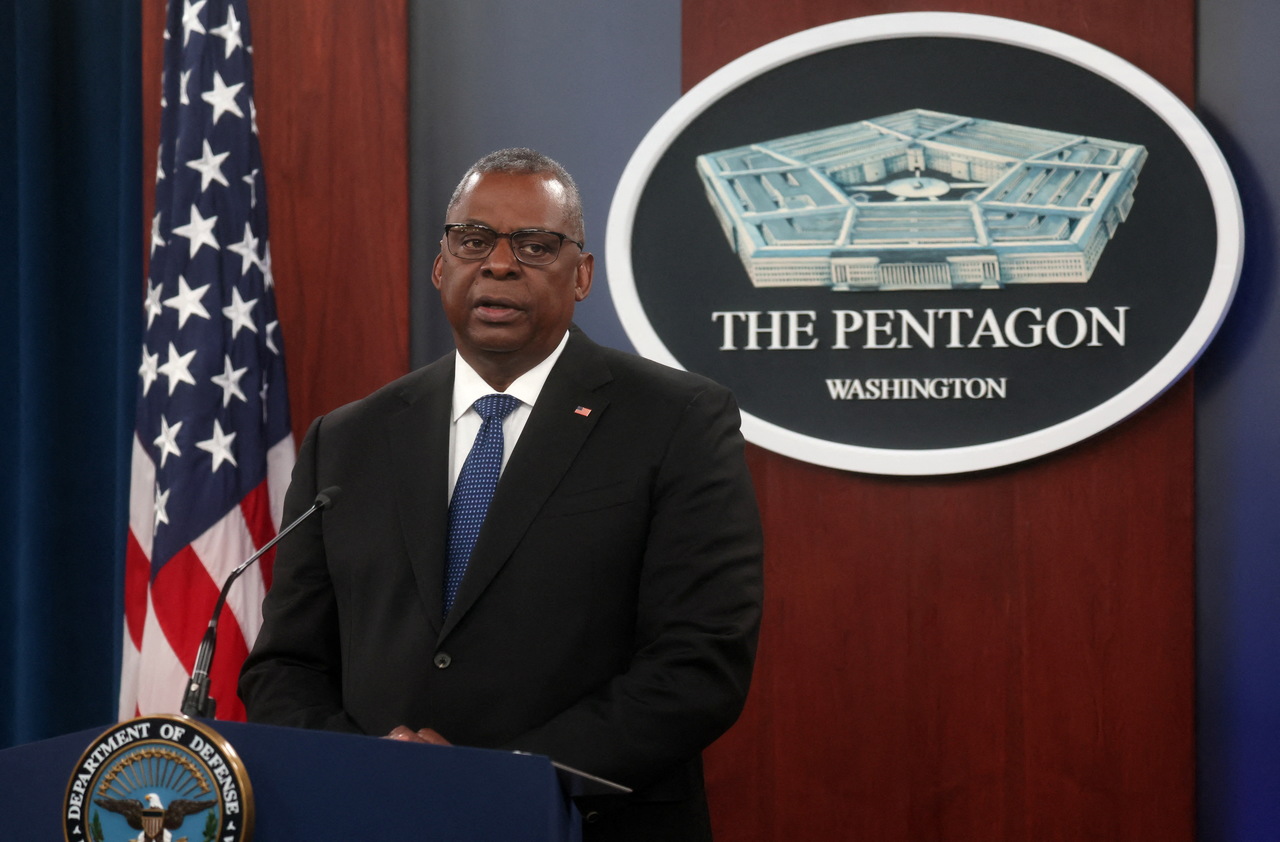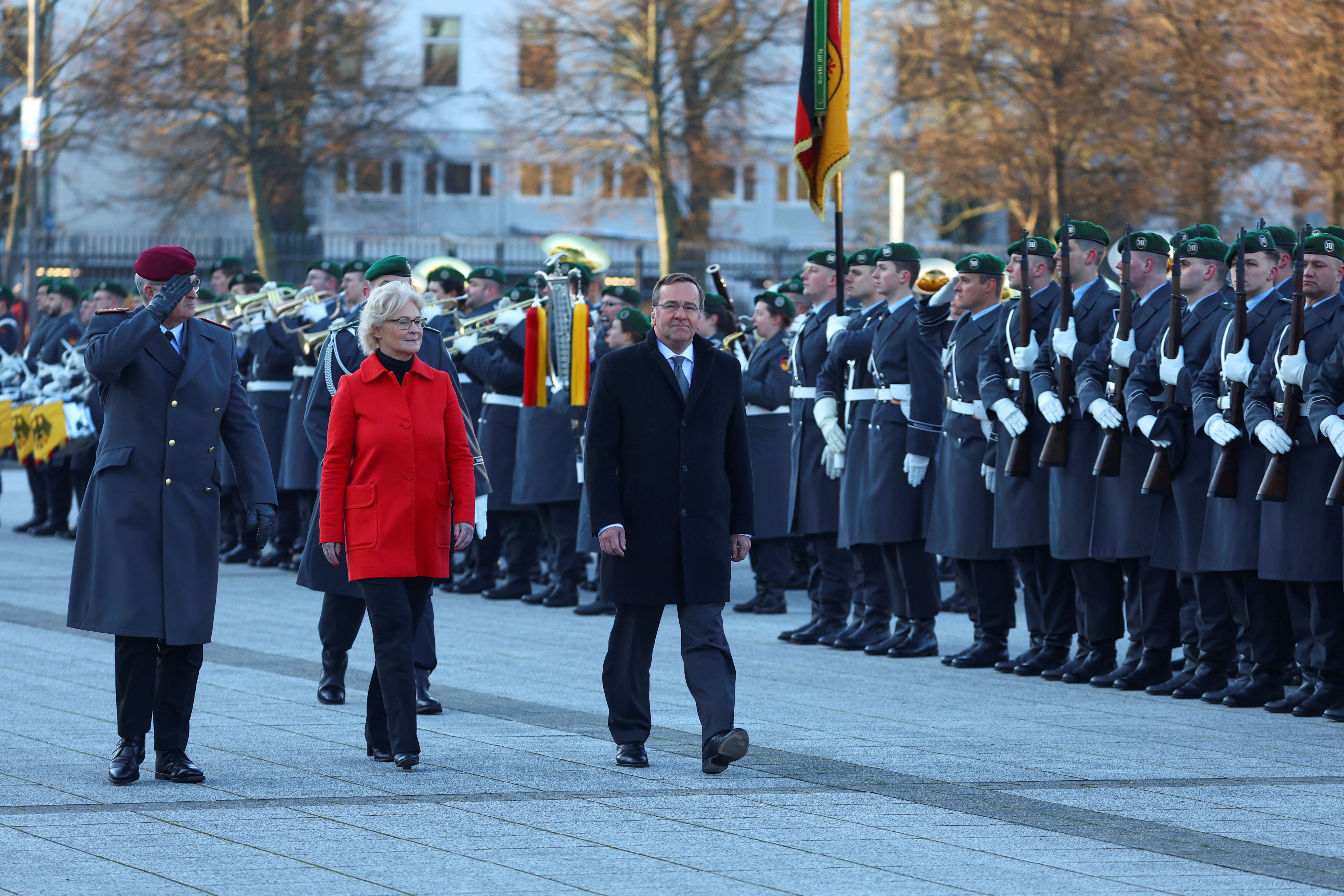West Increases Heavy Arms Deliveries to Ukraine
On 20 January, the Ukraine Defense Contact Group met at the U.S. Ramstein air base in Germany for its eighth session. Participating countries announced substantial increases in deliveries of arms and ammunition to Ukraine, especially heavier equipment. No agreement was reached, however, on the transfer of Western-made tanks in greater quantity. Germany was still considering whether to send Leopard 2 tanks.
 U.S. Army / Zuma Press / Forum
U.S. Army / Zuma Press / Forum
What is the purpose of the contact group and its last meeting?
The contact group first met in April 2022 to coordinate military aid to Ukraine, specifically equipment, ammunition, and logistical and training support. The group is led by the U.S., with 54 states participating in the last meeting. It took place amid calls for an acceleration of arms supplies and training efforts, especially given the visibility of Russian preparations for a spring offensive. In addition to Ukraine, such calls came from the U.S., which continues to provide the most support overall. On the eve of the meeting, the U.S. announced its latest aid package, worth some $2.5 billion, after unveiling another one, worth over $3 billion, just two weeks earlier. Another nine countries pledged to continue to support Ukraine until it expels Russian troops from its territory (Czechia, Denmark, Estonia, the Netherlands, Latvia, Lithuania, Poland, Slovakia, and the UK).
Recent discussions in the Contact group focused on provision of Western-made heavier equipment. Ukraine has already received a substantial amount of the post-Soviet equipment owned by European states. Additionally, problems with the lack of spare parts and ammunition for these weapons will arise over time. The types and amount of Western-made supplies under consideration could have been influenced also by lower concerns of some states about Russian escalation, in particular an attack on NATO or use of weapons of mass destruction, since neither has occurred despite Ukrainian successes on the battlefield, previous increases in Western military aid, and Russian threats.
What will the new deliveries of heavy equipment entail?
For the first time, Ukraine will receive Western infantry fighting vehicles (IFVs): 109 Bradleys (U.S.), 40 Marders (Germany), and 50 CV90s (Sweden). France is to send presumably several dozen AMX-10RC armoured reconnaissance vehicles armed with a tank gun. Ukraine will also receive its first Western tanks, 14 Challenger-2s (UK). Poland pledged to continue providing post-Soviet T-72-family tanks (so far, it has given Ukraine at least 260 of them) and BWP-1 IFVs (likely some 40 and 100 of these vehicles, respectively). A new tranche of armoured personal carriers includes tracked vehicles from the U.S. (100) and the U.K. (unspecified) and wheeled vehicles from Canada (200) and the U.S. (90).
Further support will be given to Ukrainian artillery and air defence. Ukraine is to receive nearly 100 self-propelled howitzers in total from Denmark, Sweden, the UK, and the U.S., as well as several dozen towed howitzers from Estonia and the U.S. The Netherlands will join the U.S. and Germany in providing Patriot air defence systems (altogether 2-3 batteries), while Italy and France will deliver a similar system, the SAMP/T. Germany is expected to deliver another one of the four promised shorter-range IRIS-T systems, while Canada will buy and give Ukraine a comparable system, NASAMS (in addition to eight such systems already pledged by the U.S.). The U.S. will also send eight more Avengers (12 in total). Moreover, Germany is to deliver seven Gepard self-propelled anti-aircraft guns (37 in total), while Poland and Lithuania will provide towed anti-aircraft guns.
Why has the discussion on tank deliveries focused on the Leopard 2?
On 24 January, the new German Defence Minister Boris Pistorius reiterated the position he expressed following the Ramstein meeting that Germany still had made no final decision on the transfer of Leopard 2 tanks to Ukraine. These tanks are the type most frequently used by EU countries and European NATO members (over a dozen countries possess an estimated 2,000 or so of them, although it is not clear how many are operational). The German armed forces alone have about 300-350 Leopard 2 tanks, with at least a couple dozen more in the possession of the German arms industry. Maintenance of the Leopards requires German-made spare parts, while re-export of these tanks requires approval from the German government. On 24 January, Poland informed that it had formally asked for such permission. It wants to give Ukraine 14 of its Leopards and seeks to establish a wider group of suppliers of these tanks, preferably together with Germany. Finland has publicly expressed readiness to participate, while the Netherlands offered to co-finance deliveries.
Another option would be for the U.S. to deliver Abrams tanks (The U.S. has an estimated inventory of some 6,000). The Pentagon has argued, however, that the Abrams would be more difficult to introduce and maintain by Ukraine, in part because of its larger fuel consumption. The preference of the Biden administration has thus apparently been to use its Congressionally approved funding for transfers of U.S.-owned military equipment for other support for Ukraine. This might be related to the possibility that obtaining more funds will be difficult given the current disputes over increasing the U.S. debt limit. Moreover, the calls for Leopard 2 deliveries instead of Abrams are in line with the U.S. goal of its allies taking more responsibility for European security.
How does Germany justify its resistance to delivering Leopards to Ukraine?
Despite calls by the U.S. and other allies, Germany has argued that it must further consider the matter of the delivery of Leopards to Ukraine, saying the idea still does not have enough international support. On 22 January, Foreign Affairs Minister Annalena Baerbock (Greens) said that Germany would not oppose other countries giving their Leopards to Ukraine. This statement, however, was not repeated by Defence Minister Pistorius (SPD) in his remarks on the issue on 24 January. The final decision belongs to Chancellor Olaf Scholz (SPD).
Scholz has repeatedly suggested that the transfer of tanks to Ukraine may provoke a war between Russia and NATO, but this would be extremely risky for Russia, which has been threatening NATO with nuclear weapons, first and foremost to deter the Alliance from joining the war. Moreover, Russia did not escalate after Poland and other countries sent Ukraine post-Soviet tanks or after the recent British announcement on Challenger 2 supplies. It also is not clear as to why Scholz, before the Ramstein meeting, made Leopard deliveries dependent upon the U.S. giving Ukraine Abrams tanks. Scholz’s resistance might be influenced by calls by some of his party members for restraint in arms deliveries and openness to peace talks with Russia. These sentiments are shared by a significant part of the SPD electorate.
What is the practical and political importance of the recent decisions?
Despite the lack of a decision to transfer the Leopards to Ukraine at the Ramstein meeting, equipment supplies already announced at the beginning of 2023 will substantially help it in repelling Russian attacks. They may also enable limited counteroffensives, but will not suffice to liberate the whole of Ukrainian territory (in December, the Ukraine military assessed that retaking lands lost in 2022 would have required the delivery of 300 tanks, 600-700 IFVs, and 500 howitzers). The recent declarations should thus mark the start of a broader process of rearmament of the Ukrainian Armed Forces with Western-made heavy equipment.
Although Germany is likely to approve the supply of Leopards by other countries, its resistance to the transfers has already fundamentally undermined German credibility, overshadowing other efforts by that country to support Ukraine. This reluctance also needlessly prolongs the armed conflict by making it easier for Russia to wage war and creating the impression that Western aid to Ukraine may weaken over time. The inconsistency in the German arguments even suggests that the real reason for the delay has been a desire to keep as much room for manoeuvre as possible in rebuilding relations with Russia in the future. Further German reticence from sending its own tanks and approving Leopard deliveries by other countries will only worsen Ukraine’s situation and prevent Germany from building its image as a credible ally.




.png)
